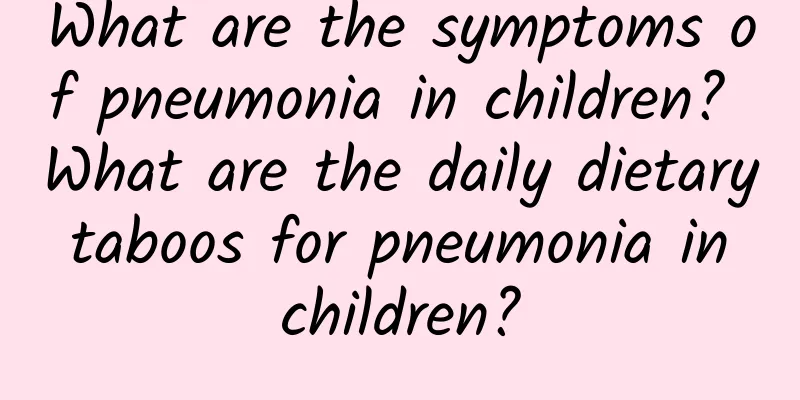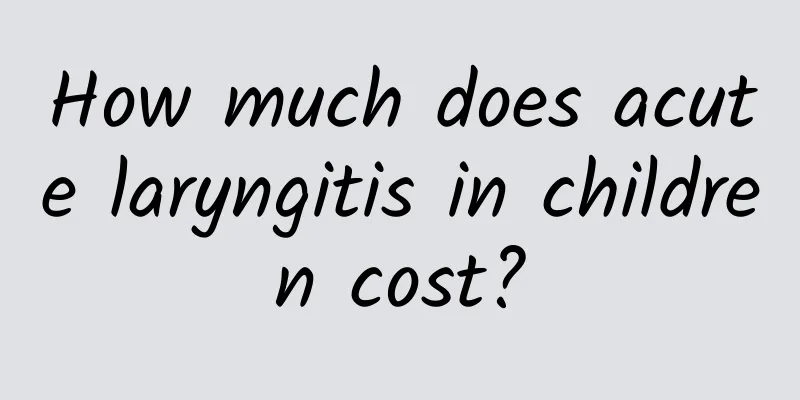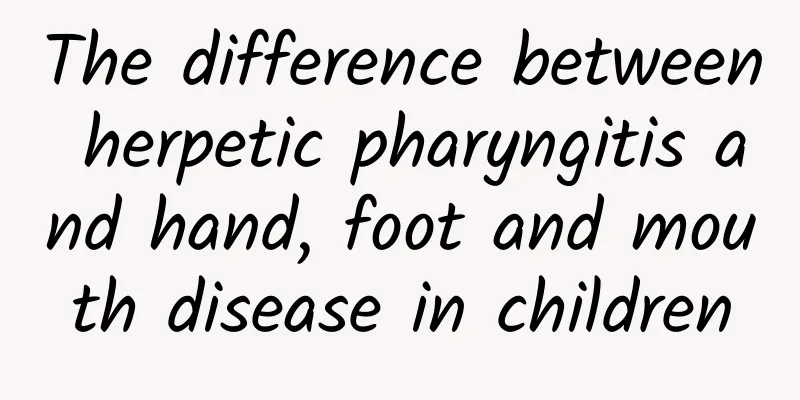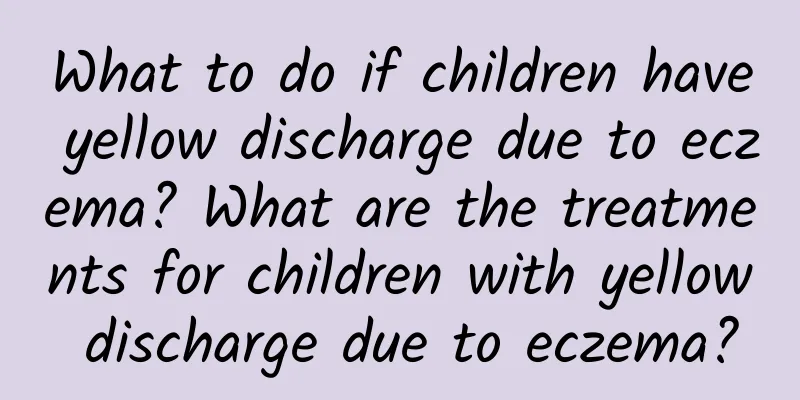What are the symptoms of patent ductus arteriosus in newborns?
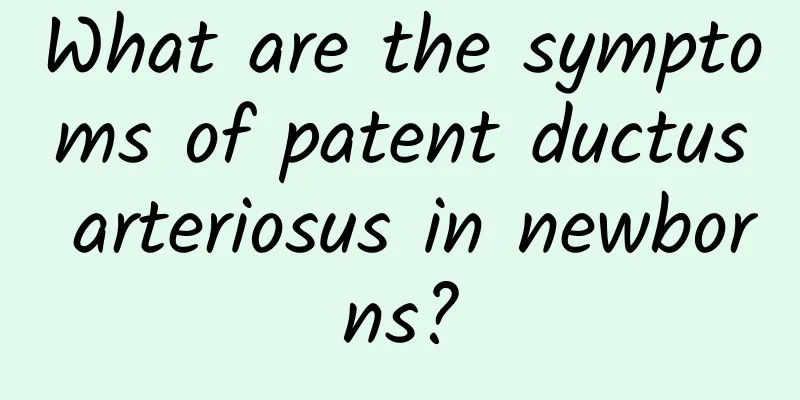
|
A patent ductus arteriosus in a newborn may cause symptoms such as shortness of breath, rapid heartbeat, and feeding difficulties. If these symptoms occur, you should seek medical attention as soon as possible to avoid affecting the health of the newborn. Patent ductus arteriosus can be treated with medication, surgery, or observation. 1. Causes of patent ductus arteriosus: Patent ductus arteriosus (PDA) refers to the failure of the ductus arteriosus, which connects the pulmonary artery and the aorta during the fetal period, to close on time after birth. Generally, premature babies are more likely to have patent ductus arteriosus because their ductus arteriosus takes longer to mature. In addition to genetic factors, environmental factors such as maternal infection during pregnancy, smoking, or exposure to certain drugs may also increase the risk of the disease. Physiological factors such as low body weight and hypoxia may also lead to the occurrence of this disease. 2. Symptoms of patent ductus arteriosus: Common symptoms of patent ductus arteriosus include shortness of breath, rapid heartbeat, heart murmur, difficulty gaining weight and feeding. In severe cases, signs of heart failure may appear, such as lower limb edema, fatigue and extreme breathing difficulties. These symptoms should attract the attention of parents, because if not treated in time, it may have an adverse effect on the baby's growth and development and cardiopulmonary function. 3. Treatment of patent ductus arteriosus: Treatment depends on the size of the PDA and the severity of the symptoms. For babies with mild symptoms or small ducts, immediate treatment may not be needed, and regular follow-up is required to observe whether the ductus closes on its own. For children with significant symptoms, non-surgical treatment may include taking non-steroidal anti-inflammatory drugs (such as ibuprofen or indomethacin) to promote closure of the ductus arteriosus. For cases that must be treated surgically, ductus ligation and transcatheter occlusion are common treatments. If a newborn baby has symptoms of patent ductus arteriosus, he or she should seek medical attention immediately to understand the condition and take appropriate measures. Understanding and treating the symptoms and treatment methods of this condition are crucial to the baby's healthy life. Parents should communicate with the doctor in time to choose the treatment plan that is most suitable for the baby. The ultimate goal of treatment is to ensure that the baby's heart and lungs can work properly, so as to ensure healthy growth. |
<<: Is Kawasaki disease contagious in infants?
>>: Can Kawasaki disease in children be cured?
Recommend
Can polio be eradicated?
Parents and friends are all concerned about wheth...
What is mumps?
What is mumps? Mumps is an acute infectious respi...
Best hospital for the treatment of acute laryngitis in children
Acute laryngitis in children troubles many parent...
What should children eat for diarrhea and vomiting? Several dietary treatments to relieve diarrhea and vomiting in children
If a child has diarrhea and vomiting, you should ...
Answers to questions about the contents of mid-term examination for children with kidney disease
Children are a group that is prone to kidney dise...
What is mumps?
Mumps is an infectious disease caused by a virus ...
What are the traditional Chinese medicine treatments for patent ductus arteriosus?
What is the TCM treatment method for patent ductu...
What to do if children have allergic rhinitis and cough
If children have allergic rhinitis or cough, they...
What is DMD?
DMD, usually referred to as Duchenne muscular dys...
How to diagnose severe pseudohypertrophic malnutrition
Since the pathogenic gene of this disease is loca...
Is Kawasaki disease curable?
Does Kawasaki disease have a high cure rate? This...
Should I stop breastfeeding if my baby has jaundice?
Generally speaking, if it is physiological jaundi...
How to prevent diarrhea in children
There are many reasons for pediatric diarrhea, su...
Can jaundice in adults heal on its own?
The possibility of jaundice healing on its own is...
Remedies for Kernicterus
Kernicterus is a bilirubin encephalopathy caused ...




